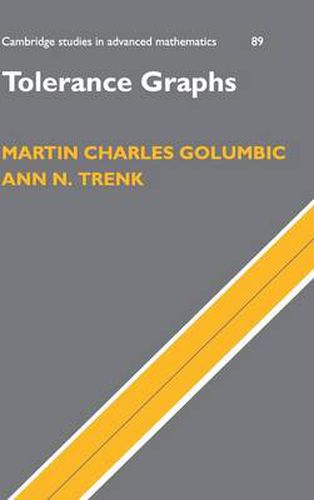Readings Newsletter
Become a Readings Member to make your shopping experience even easier.
Sign in or sign up for free!
You’re not far away from qualifying for FREE standard shipping within Australia
You’ve qualified for FREE standard shipping within Australia
The cart is loading…






The study of algorithmic graph theory and structured families of graphs is an important branch of discrete mathematics. It finds numerous applications, from data transmission through networks to efficiently scheduling aircraft and crews, as well as contributing to breakthroughs in genetic analysis and studies of the brain. Especially important have been the theory and applications of new intersection graph models such as generalizations of permutation graphs and interval graphs. One of these is the study of tolerance graphs and tolerance orders. This book contains the first thorough study of tolerance graphs and related topics, indeed the authors have included proofs of major results previously unpublished in book form. It will act as a springboard for researchers, and especially graduate students, to pursue new directions of investigation. With many examples and exercises it is also suitable for use as the text for a graduate course in graph theory.
$9.00 standard shipping within Australia
FREE standard shipping within Australia for orders over $100.00
Express & International shipping calculated at checkout
The study of algorithmic graph theory and structured families of graphs is an important branch of discrete mathematics. It finds numerous applications, from data transmission through networks to efficiently scheduling aircraft and crews, as well as contributing to breakthroughs in genetic analysis and studies of the brain. Especially important have been the theory and applications of new intersection graph models such as generalizations of permutation graphs and interval graphs. One of these is the study of tolerance graphs and tolerance orders. This book contains the first thorough study of tolerance graphs and related topics, indeed the authors have included proofs of major results previously unpublished in book form. It will act as a springboard for researchers, and especially graduate students, to pursue new directions of investigation. With many examples and exercises it is also suitable for use as the text for a graduate course in graph theory.